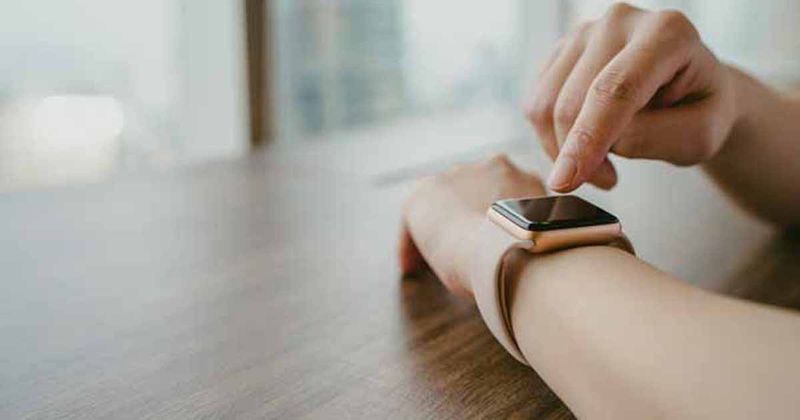Remote patient monitoring platform to link smartwatches for arrhythmia monitoring launched
Click Here to Manage Email Alerts
Cardiologs announced it has launched a remote patient monitoring platform designed to enable data from smartwatches to be included in remote arrhythmia monitoring systems.
The platform (RPM, Cardiologs) includes a mobile app for patients to automatically transmit data and a physician cloud-based platform to centralize, triage and streamline the data, according to a press release from the company.

As Healio previously reported, the Apple Heart Study and other studies have shown ECGs in smartwatches and other wearable devices can detect atrial fibrillation, but some cardiologists have expressed concern about how to manage the “noise” from such data.

“I am consistently being inundated with data from ECG transmissions from my patients’ watches or hand-held devices,” Cardiology Today Editorial Board Member Jagmeet P. Singh, MD, DPhil, founding director of the Resynchronization and Advanced Cardiac Therapeutics Program at Massachusetts General Hospital and professor of medicine at Harvard Medical School, told Healio. “These are randomly sent to me by text or sent to the electronic medical record, which generates an email. There has been no structured strategy available to deal with this information. As a clinician, I find it overwhelming and time-consuming. Having a remote monitoring platform that can inculcate the transmissions from the smartwatches into a daily workflow, where those transmissions could be triaged appropriately, subcategorized and integrated into specific alert systems, could enable filtering down the ones that are truly important to the clinician. This is something that is clearly needed and that will translate into better outcomes.”
Arrhythmia specialists have experience using remote monitoring platforms for data from devices such as implantable cardioverter defibrillators, so having one for data from smartwatches should not present a difficult learning curve, Singh told Healio.
“The main onus is going to be on how easily integrable is this remote monitoring platform into the EMRs and workflows in different institutions,” he said.
A benefit to patients, he said, is that “the watch is always on, and you are not carrying any additional equipment or needing to put your fingers on another device to transmit the data.”
Singh said plans are being made for the Watch-QT study, “in which we are going to monitor the impact of antiarrhythmic drugs on the QT interval on an ECG pulled out from the smartwatches, as well as the concomitant 12-lead ECG, and see how effective the Cardiologs AI algorithm is in measuring the QT interval off the smartwatches in patients with atrial fibrillation on medication. This will allow us to assess whether it can be a strategy in the future to transfer patient care to the outpatient arena, where patients can be remotely monitored from their watches while they’re getting medications.”
For maximum impact, data from the ECGs should be integrated with information such as physical activity, heart rate and oxygen saturation, Singh said in an interview. “All that information is now obtainable from smartwatches,” he said. “The platform is starting off with ECGs, but the hope is that the remote monitoring platform of the future will integrate all these other variables.”
The current iteration of the technology did not require FDA clearance, but the company follows medical device regulations, according to a statement from the company.
For more information:
Jagmeet P. Singh, MD, DPhil, can be reached at jsingh@mgh.harvard.edu.
